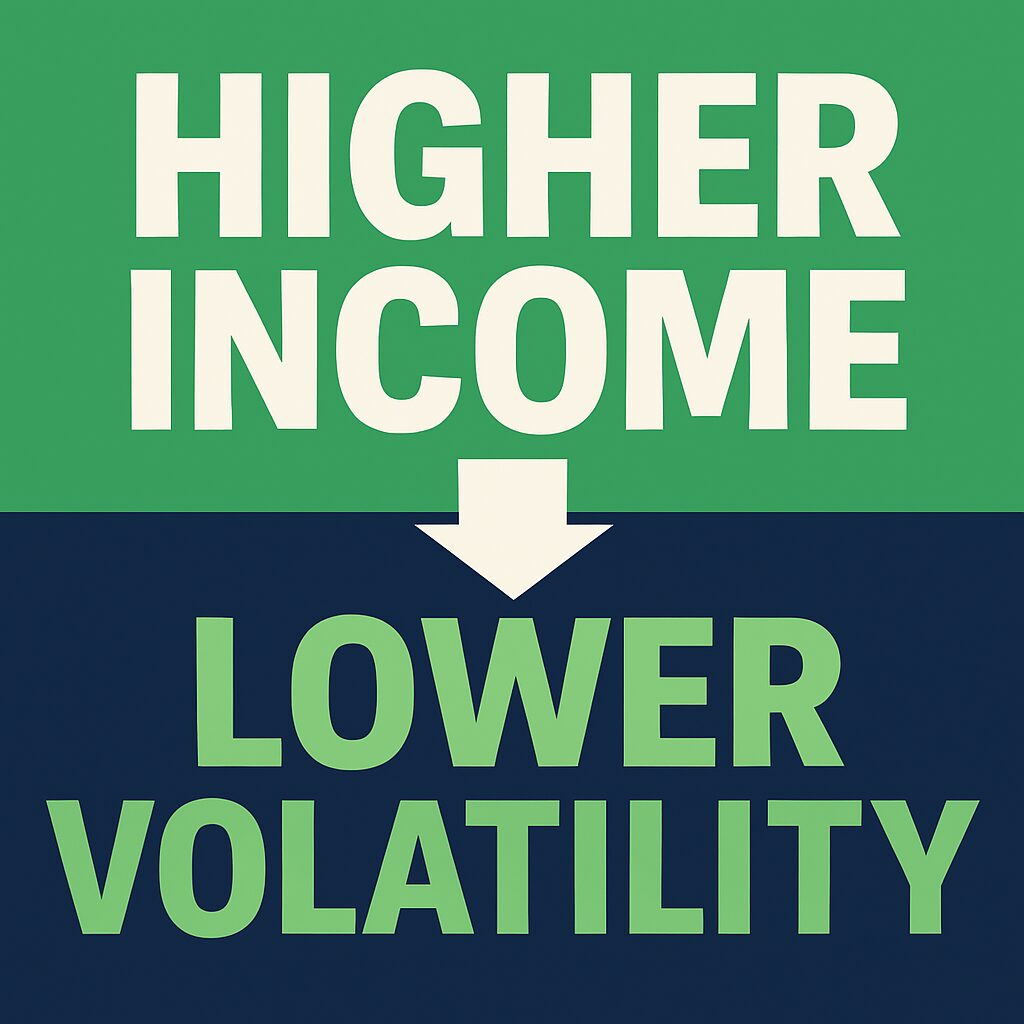
Tips for finding high-quality issuers with dependable dividends you can count on.
For retirees who need consistent income without the rollercoaster of growth stocks, preferred stocks can be an excellent solution.
Offering higher yields than common stocks and more stability than junk bonds, preferreds are a unique hybrid—part bond, part stock—that deserve a closer look if you’re building a retirement income portfolio.
But not all preferred stocks are created equal.
In this post, you’ll learn how to identify safe, steady-paying preferreds, where to find them, and what pitfalls to avoid—so you can earn reliable income with confidence.
✅ What Are Preferred Stocks?
Preferred stocks are a special class of shares that:
- Pay fixed dividends, often higher than common stock
- Have priority over common stockholders when dividends are paid
- Typically do not come with voting rights
- Often behave more like bonds (with prices influenced by interest rates)
Preferreds are issued by banks, insurance companies, utilities, and REITs—and many offer yields of 6%–8% or more.
For retirees, they offer a powerful combination: higher income and less volatility than common stocks.
✅ What Makes a Preferred Stock “Safe”?
Safety with preferreds comes down to the quality and consistency of the issuer. Here’s what to look for:
🔍 1. Strong Issuer Credit Quality
Stick with companies that have a solid credit rating. Investment-grade issuers (rated BBB- or better) are more likely to keep paying dividends through economic downturns.
✅ Tip: Look for preferreds issued by large, stable companies with strong cash flow and consistent earnings—such as banks, utilities, or blue-chip REITs.
🔍 2. Non-Cumulative vs. Cumulative
Cumulative preferreds must pay you back missed dividends before common shareholders get paid again.
✅ Tip: Choose cumulative preferreds when possible. They offer stronger protection for income-focused investors.
🔍 3. Callability and Price Above Par
Many preferreds are callable, meaning the issuer can redeem them at a fixed price (usually $25). If you buy a preferred above $25, you risk losing principal if it’s called early.
✅ Tip: Avoid preferreds trading far above par unless the yield justifies the risk.
🔍 4. Dividend Payment History
Check the issuer’s history. Have they suspended or cut preferred dividends in the past?
✅ Tip: Look for companies with a solid reputation for paying dividends without interruption, even during market downturns.
🔍 5. Industry Matters
Preferreds from regulated industries like utilities and banks tend to be safer, because their business models are stable and they’re closely monitored by regulators.
✅ Tip: Diversify across sectors, but give extra weight to utility and financial sector preferreds.
✅ Real-Life Example: Jane’s Income Ladder
Jane, a 68-year-old retiree, wanted reliable income without jumping into risky common stocks. She built a small portfolio of preferred stocks from:
- A large U.S. bank (investment grade)
- A diversified utility company
- A high-quality REIT with cumulative preferreds
Each paid her quarterly income, and she laddered them with different call dates to reduce reinvestment risk. Today, she enjoys a blended yield of 6.7%—and peace of mind.
✅ Reader Resources: Where to Find Great Preferred Stocks
Here are three helpful tools for retirees researching preferred stocks:
- QuantumOnline.com – The most comprehensive free source for preferred stock listings, dividend schedules, call dates, and credit ratings. (Tip: Start with the “Income Tables.”)
- Preferred Stock Channel – Tracks new preferred issuances, dividend yield rankings, and pricing alerts.
- Seeking Alpha’s Preferreds Screener – Filter by yield, credit rating, sector, call date, and more. Great for creating shortlists of reliable income payers.
✅ The Bottom Line
Preferred stocks can be a powerful source of dependable income—as long as you stick with quality issuers and understand the terms.
To recap, look for:
- Investment-grade credit ratings
- Cumulative dividend protections
- Prices near or below par
- Stable issuers in recession-resistant sectors
- A long-term record of uninterrupted payments
With these tips, you can build a preferred stock portfolio that delivers steady, low-drama income well into retirement.
📘 This post is adapted from my book:
9% Retirement Paycheck: How to Generate Steady, Worry-Free Income for Life,
Available now on Amazon.com in paperback and eBook formats.
Inside, you’ll learn how to use preferred stocks, REITs, BDCs, and closed-end funds to build a safe, diversified income portfolio you can rely on.
⚠️ Disclaimer
This post is for informational and educational purposes only. It is not intended as financial, tax, or investment advice. Investing involves risk, including the potential loss of principal. Always consult with a qualified financial advisor before making investment decisions. The author is not a licensed financial professional and does not offer personalized advice.